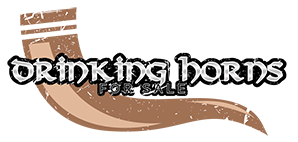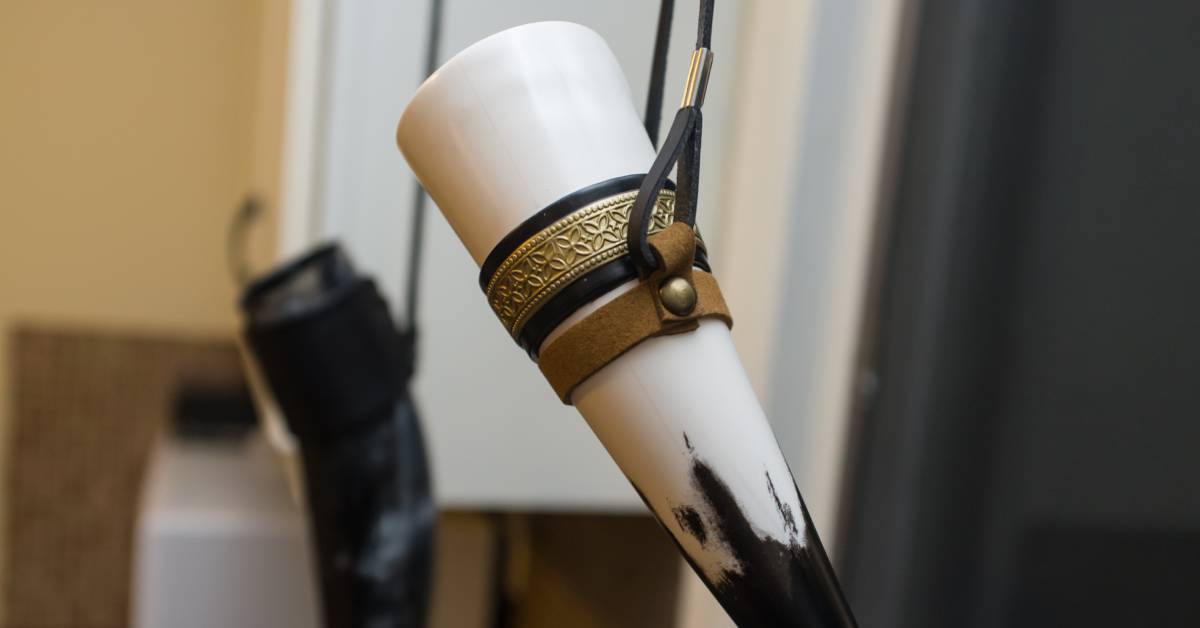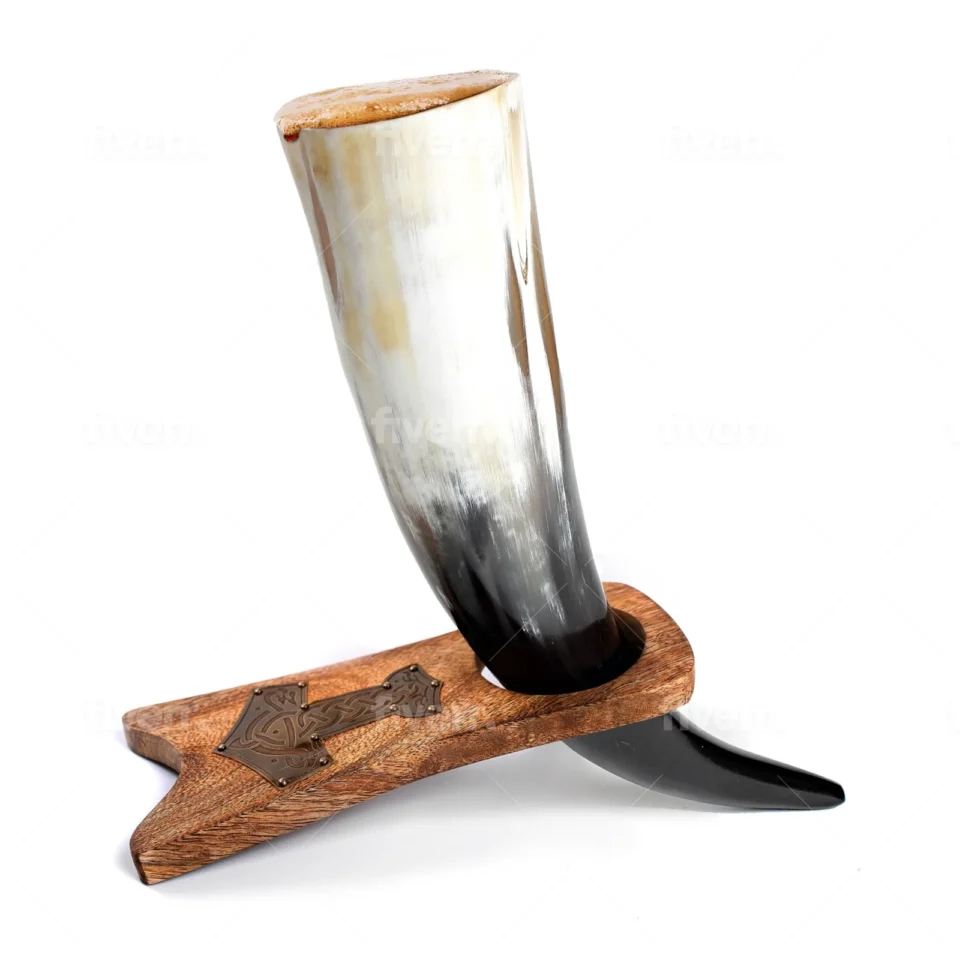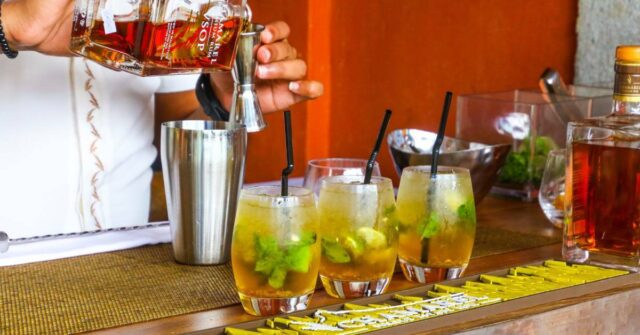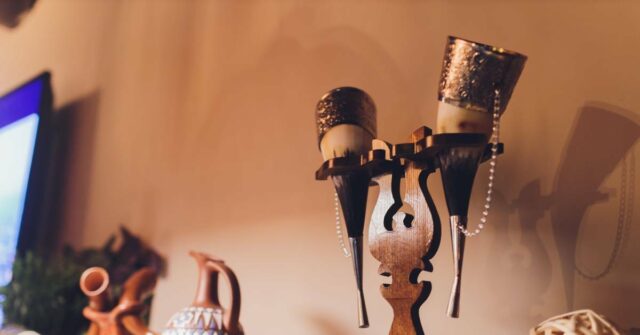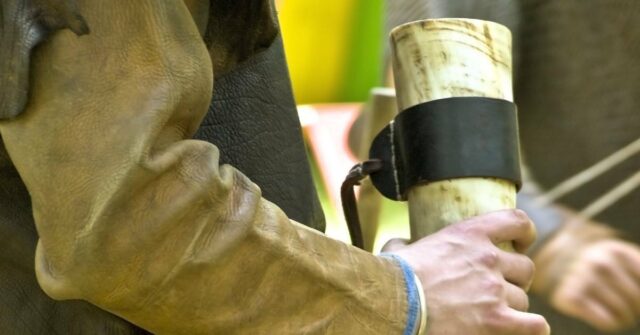The use and maintenance of drinking horns is a unique aspect of certain cultures and traditions. Proper maintenance of these artifacts not only preserves their functionality but also their cultural significance.
This comprehensive guide outlines the dos and don’ts of drinking horn maintenance, providing essential tips and practices for preserving your drinking horn’s lifespan and aesthetics.
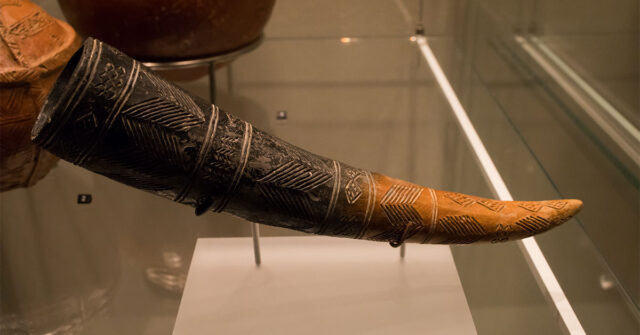
Introduction to Drinking Horns
Before diving into the maintenance aspects, it’s crucial to understand what drinking horns are and their significance. This will provide a greater appreciation for their proper care and maintenance.
The History and Use of Drinking Horns
Drinking horns have a rich history spanning back to the Iron Age, and possibly even earlier. They were widely used in various cultures, notably among the Vikings and Celts, as ceremonial items and daily drinking vessels.
Understanding their historical context is key to appreciating the importance of maintaining these unique objects.
Materials Used in Drinking Horn Making
Traditionally, drinking horns were made from bovine horns. The choice of material is critical because it affects the care and maintenance requirements.
Besides bovine horns, some modern versions may also use other materials like plastics or metals, each with its specific maintenance requirements.
Significance of Proper Drinking Horn Maintenance
Proper drinking horn maintenance is crucial to extend their lifespan, keep them safe for use, and retain their historical and cultural significance.
Proper care also helps to preserve the unique aesthetics of these items, making them an intriguing conversation piece during gatherings or when displayed in your home.
Acquiring Your Drinking Horn
When purchasing a drinking horn, several considerations need to be taken into account. These aspects not only affect the utility and aesthetics of the horn but also determine the kind of maintenance required.
Considerations When Purchasing a Drinking Horn
Key considerations when buying a drinking horn include the type of material, the craftsmanship, the authenticity, and, importantly, whether it’s suitable for the intended use.
Understanding these factors will help in selecting a horn that matches your personal preferences and the intended function, be it decorative or practical use.
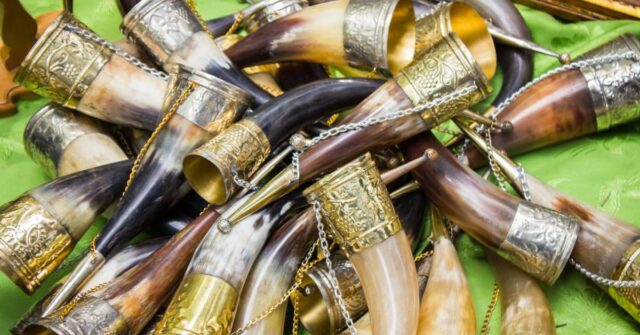
Understanding Different Types and Designs of Drinking Horns
Drinking horns come in various types and designs, each influenced by the specific culture from which it originates. Designs vary from simple and utilitarian to ornately decorated pieces.
Comprehending these variations can assist you in selecting a design that resonates with you, while also providing insights into its maintenance needs.
The Dos of Drinking Horn Maintenance
Proper maintenance of a drinking horn is the key to ensuring its longevity and preserving its quality.
In this section, we will go through the best practices for drinking horn care, from initial cleaning and preparation to long-term storage.
Initial Cleaning and Preparation
When you first acquire a drinking horn, an initial cleaning is crucial to prepare it for use. This process helps to remove any residue left from the manufacturing process and readies the horn for safe and sanitary consumption.
Rinsing and Soaking
The first step in cleaning a drinking horn is to rinse it thoroughly with warm water. This process will help dislodge any loose debris inside.
Following this, soak the horn in a solution of mild dish soap and warm water for a few hours. This will help to loosen any stubborn residues.
Using a Mild Detergent
After soaking, gently scrub the interior of the horn using a non-abrasive sponge and a mild detergent. This process will help remove any leftover residue. Rinse the horn thoroughly afterwards to ensure no soap remains.
Airing Out
Once you’ve finished washing the horn, it’s important to let it air out to dry. This will help prevent any potential growth of mold or bacteria that can be harmful if ingested.
Regular Maintenance
Like any utensil used for drinking or eating, a drinking horn requires regular cleaning to ensure it remains safe for use. This routine maintenance also helps to keep the horn looking its best.
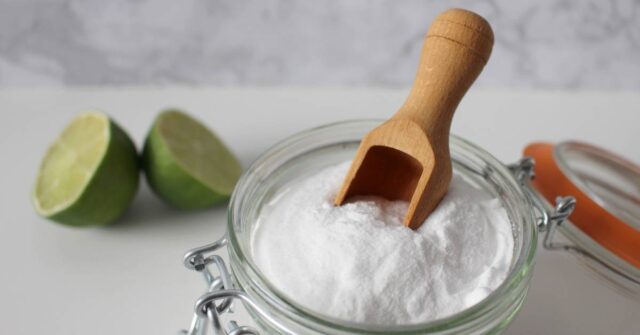
Cleaning After Each Use
After each use, rinse your drinking horn thoroughly with warm water. This will help remove any residue left from the beverage.
Avoid using detergents after each use, as these can strip the horn’s natural oils, making it prone to cracking.
Airing and Drying
After rinsing, allow the horn to air dry, preferably in a rack that allows it to be positioned with the open end facing downwards. This prevents any moisture from remaining inside the horn, reducing the risk of microbial growth.
Regular Inspection for Cracks or Damage
It’s important to regularly inspect your drinking horn for any signs of cracks or damage. Early detection of these issues can allow for prompt repair, preventing further deterioration.
Long-Term Care and Storage
When not in use, proper storage of your drinking horn is critical to maintaining its quality and longevity. Following the proper guidelines can prevent potential damage and ensure that the horn is ready for use whenever needed.
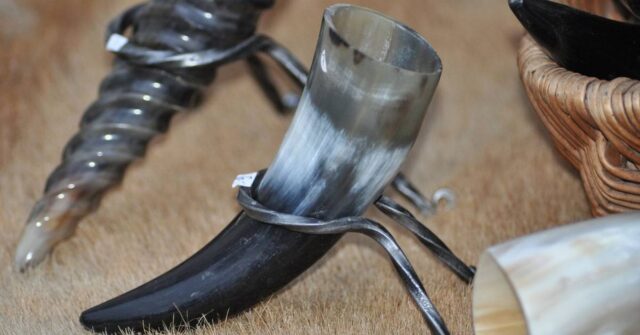
Keeping the Drinking Horn Dry
Make sure the drinking horn is thoroughly dried before storing it away. Moisture can lead to the growth of mold and bacteria, or cause the horn to warp or crack.
Storing in a Cool, Dark Place
Drinking horns should be stored in a cool, dark place, away from direct sunlight or heat sources. Exposure to these elements can cause discoloration or cracking in the horn.
Preventing and Repairing Cracks
Regular application of food-safe mineral oil can help prevent the horn from drying out and cracking. If cracks do occur, seek professional help to repair them properly and prevent further damage.
The Don’ts of Drinking Horn Maintenance
While understanding the best practices for drinking horn maintenance is crucial, it’s equally important to know what not to do.
Certain actions or misconceptions can lead to irreversible damage to your drinking horn. This section outlines the activities to avoid common mistakes in drinking horn maintenance.
Activities to Avoid
Certain activities and uses can cause immediate or long-term harm to your drinking horn. Being aware of these will help prevent unintentional damage and maintain the horn’s functionality and aesthetic appeal.
Avoiding Hot Liquids
Drinking horns are not designed to handle hot liquids. The heat can cause the horn to warp or crack, damaging it beyond repair.
Always ensure the beverage you intend to consume from a drinking horn is at or below room temperature.
Not Using Abrasive Cleaning Tools
Using abrasive cleaning tools such as steel wool or rough brushes can scratch the horn’s surface, damaging its appearance. Always use soft, non-abrasive materials when cleaning your drinking horn.
Avoiding Dishwashers and Microwaves
Never place a drinking horn in a dishwasher or microwave. The intense heat and harsh detergents used in dishwashers can damage the horn. Microwaving a drinking horn is also a surefire way to warp or crack it.
Common Misconceptions and Mistakes
Several misconceptions about drinking horn maintenance exist. Understanding these and knowing how to avoid them will ensure that your care practices are helpful rather than harmful.
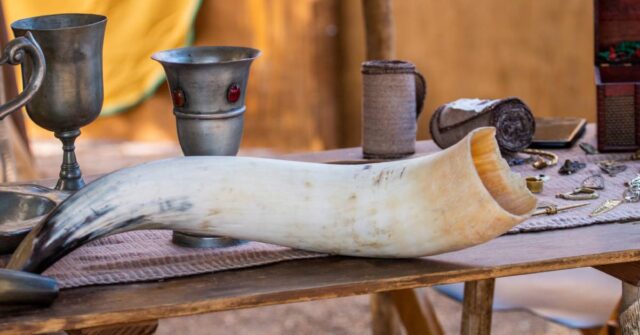
Myths about Drinking Horn Maintenance
There are several myths about drinking horn maintenance that can lead to unintentional damage. One such myth is that soaking a horn in beer or wine will ‘season’ it, improving its taste.
This can actually cause the horn to become sticky and attract insects or lead to the growth of mold.
Potential Damage from Incorrect Cleaning Methods
Using incorrect cleaning methods, such as abrasive cleaners, hot water, or harsh chemicals, can lead to irreparable damage.
Always stick to the recommended cleaning procedures to ensure the safety and longevity of your drinking horn.
Reviving and Repairing Old or Damaged Drinking Horns
Even with the best care, drinking horns can sometimes become damaged or worn with time. However, it’s often possible to revive and repair these unique pieces with the right methods.
This section explores how to evaluate the condition of an old or damaged horn and how to go about its repair.
Evaluating the Condition of the Horn
Before attempting any repairs, it’s important to thoroughly assess the horn’s condition. Look for signs of cracking, discoloration, or warping.
The extent and nature of the damage will determine the appropriate repair methods or whether professional assistance is required.
Seeking Professional Help
If your drinking horn has significant damage, it’s often best to seek the help of a professional. Specialists in horn repair will have the tools and knowledge necessary to restore your horn without causing further harm.
Do-It-Yourself Repair Techniques
For minor cracks or scratches, there are several do-it-yourself techniques you can employ. This could include carefully sanding the area with fine-grit sandpaper or applying a food-safe sealant.
However, always ensure that you’re comfortable with the process and fully understand the potential risks before attempting DIY repairs.
Conclusion: The Art and Science of Drinking Horn Maintenance
Maintaining a drinking horn is both an art and a science, combining traditional methods with a modern understanding of materials and hygiene.
Proper maintenance not only extends the lifespan of these beautiful and unique items but also contributes to preserving their cultural and historical significance.
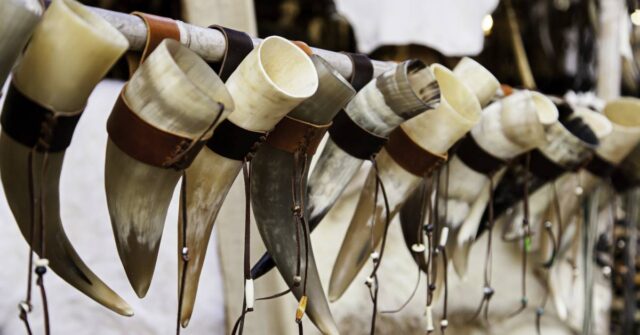
Maintaining Tradition Through Proper Care
Proper care and maintenance of drinking horns are an essential part of preserving the tradition and culture they represent.
By taking the time to care for these items, we contribute to keeping these traditions alive and ensuring that future generations can appreciate the beauty and significance of drinking horns.
The Joy and Satisfaction of Owning a Well-Maintained Drinking Horn
There is a certain joy and satisfaction that comes with owning a well-maintained drinking horn. It’s a tangible connection to the past, a conversation starter, and a unique piece of decor.
Through proper maintenance, you ensure that your drinking horn continues to bring joy for years to come.
